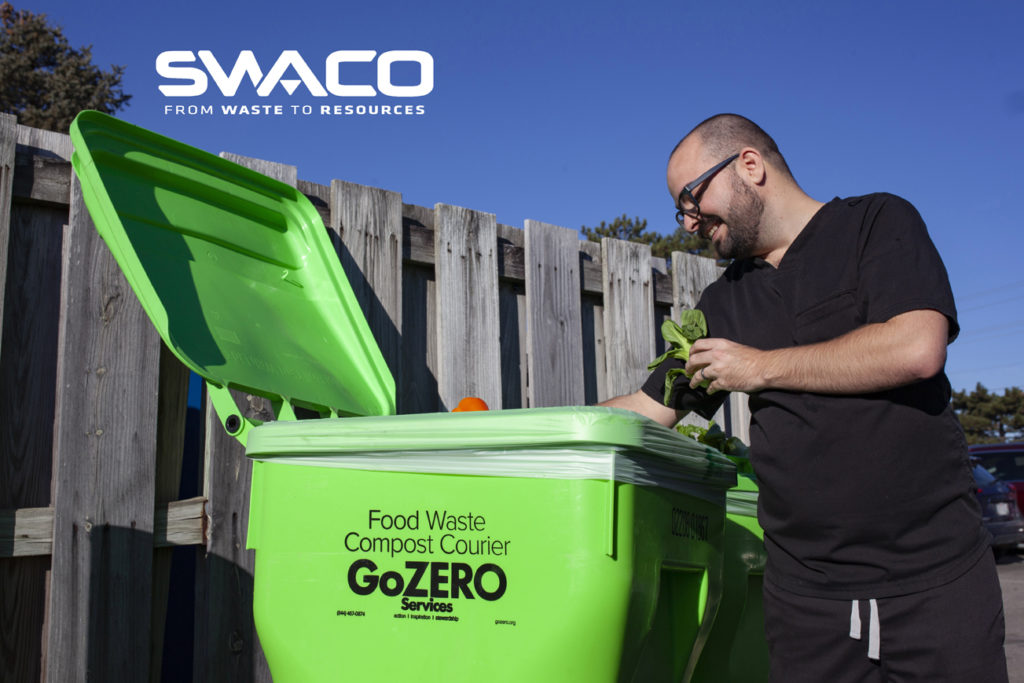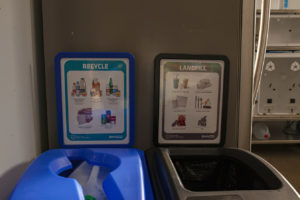Ohio Wildlife Center pursues initiatives to minimize environmental impact

Through recent grants from the Columbus Foundation and the Solid Waste Authority of Central Ohio (SWACO), Ohio Wildlife Center has been deploying initiatives across the organization this year to improve sustainability, reduce waste from human and animal care activity, and achieve energy reduction strategies.
Shrinking its ecological footprint has been identified as a strategic priority for both the Wildlife Hospital and the Cook Road Education Center facility. In addition to direct intervention to rescue, rehabilitate and release injured and orphaned wild animals, Ohio Wildlife Center embraces the bigger picture of doing all it can to improve air and water quality and protect Ohio’s ecosystems for wildlife and people.
The allocation by SWACO to provide a Community Waste Reduction Grant and the Green Fund grant from the Columbus Foundation has given the Center the opportunity to take a giant leap forward in realizing organization-wide sustainability goals.
Since receiving the grants, the Center has been able to incorporate many eco-friendly upgrades at the Education Center’s 20-acre grounds in Delaware County, such as energy saving LED lighting, hand-dryers, and energy-efficient appliances. The grant support has enabled both properties to launch waste reduction programs through recycling and composting, allowing the organization to divert thousands of pounds of waste from landfills.
This followed a comprehensive planning phase that analyzed waste type, peak load generation and current disposal throughout the organization to establish the current color-coded waste separation and diversion program at the properties.

From April through December of 2021, the Wildlife Hospital was able to capture over two and a half tons of compostable material. The hospital staff is inching ever-closer to running a zero-waste operation – one of the goals of our strategic plan.
Public education is a secondary goal of the projects. By incorporating interpretive signage, staff and visitors can participate in correct waste disposal and energy and water conservation. The hope is that this on-site project will serve as a model in the community for education about adopting sustainability practices and energy conservation.
Ohio Wildlife Center will continue to identify opportunities to enhance and improve all aspects of operations with an eye toward improving the health of our environment.
Assistance in the projects was provided by Kristi Higginbotham, program administrator at SWACO, and Amy Wald of Green Luxe.